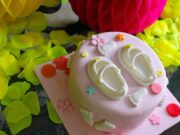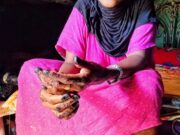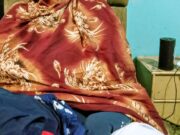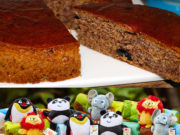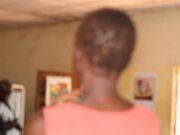What is thrush?
Thrush is a common and harmless yeast infection in a baby’s mouth that can affect your nipples during breastfeeding. Yeast is a normal part of everyone’s digestive system, but when there’s an overgrowth, an infection sets in.
Many infants first come in contact with yeast as they travel down the birth canal (you can have a vaginal yeast infection during pregnancy and not be aware of it). After your baby is born, or during labor and delivery, antibiotics taken by you or your baby can trigger a case of thrush. That’s because antibiotics, which get into your breast milk, kill off “good” bacteria that keep yeast in check.
So, for example, a baby delivered by c-section can develop a yeast infection if his mother is given antibiotics right after surgery. Similarly, antibiotics given to moms during labor for group B strep can also set the stage for an infection.
Your baby can pass thrush on to you, so it’s important to seek treatment for yourself and your baby at the same time. Otherwise, you may pass the infection back and forth.
Sometimes it’s hard to pinpoint any one cause of thrush. Some women and babies are simply more susceptible than others to yeast. It thrives in warm, moist, sugary environments, and that’s exactly what your baby’s mouth and your nipples provide during nursing.
Some common signs of a yeast infection in breastfeeding mothers are:
- itchy, pink, red, shiny, or burning nipples (may be cracked) (Note that pink, tender nipples can also be a sign of a bacterial infection, or dermatitis, which should be diagnosed and treated by a dermatologist.)
- deep, shooting breast pain during or after feedings
- a vaginal yeast infection
Most young babies have symptoms, but older babies might not. Those who do may:
- have white patches on the inside of the lips and cheeks that look like cottage cheese and aren’t easily washed off. If you notice a white coating on your baby’s tongue but nowhere else, it’s probably just milk residue.
- cry when nursing or sucking on a pacifier or bottle. The white patches mentioned above may be painful and make feeding uncomfortable if the infection is severe.
- have raised, patchy bright or dark red diaper rash with distinct borders. Small, red spots frequently appear around the edges of the main rash. The affected area is red and may be tender or painful, and the rash can creep into the folds of skin around your child’s genitals and legs. It almost never appears on the buttocks.
What Can I Do?
If you suspect thrush, contact your healthcare provider for diagnosis and treatment. Thrush should only take a few days to cure if the treatment is effective and/or aggressive, and you and your baby need to be treated at the same time.
Your provider may recommend that you apply an antifungal prescription medication cream called Nystatin to your nipples to treat the yeast on your breasts so that you and your baby won’t pass the infection back and forth. Or she may recommend applying an over-the-counter antifungal cream like Lotrimin or Monistat to your nipples after every nursing for a week to ten days. If you’re still in pain after this treatment, you may be prescribed a more potent antifungal medicine like oral Diflucan.
To ease any deep breast pain, you may want to take 600 mgs of ibuprofen every six hours (maximum of 1,200 mgs over 24 hours) until the worst is over and your treatment starts working.
To treat your baby’s thrush, your pediatrician will likely prescribe Nystatin. You’ll “paint” the medicine on the white patches with the enclosed applicator (or your finger) several times a day for ten days. Be sure to give the Nystatin after nursing so the medicine will stay in your baby’s mouth longer. It may take a week to clear up the infection.
If the infection doesn’t seem to be clearing up, call your doctor. Some babies with thrush also develop a yeast diaper infection. If that happens, your doctor can prescribe a fungal cream medication to use in the diaper area.
NB: This article is an original publication of Baby Center.



